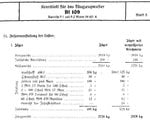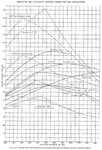I think the late war Spits were far better than the late war 109's, as they lost a lot of their manoeverability.
And accordingly did the Spitfire loose its maneuverability !
They were fairly even in late-war versions aswell.
Early war though they were very even.
Well in BoB, yeah, there they were fairly even. However the Bf109-F4 and G2, would out-dogfight any Spitfire it might meet in 41 to 43.
The Latest Spitfire of the war(Mk.XIV), was perhaps better than the latest Bf-109 (K-4), but only there did it actually become superior to the Bf-109.
Ask the Spitfire designers/Manufactures how they always felt that the Bf-109 was a step ahead of them in design in early-midwar years.


